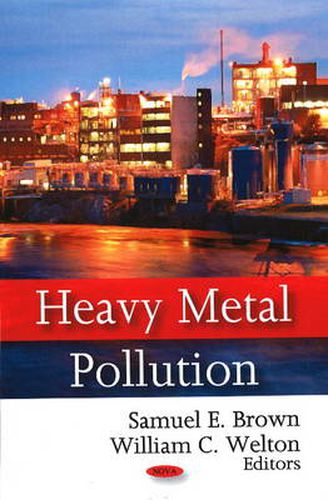Readings Newsletter
Become a Readings Member to make your shopping experience even easier.
Sign in or sign up for free!
You’re not far away from qualifying for FREE standard shipping within Australia
You’ve qualified for FREE standard shipping within Australia
The cart is loading…






A heavy metal is a member of an ill-defined subset of elements that exhibit metallic properties, which would mainly include the transition metals, some metalloids, lanthanides, and actinides. Many different definitions have been proposed – some based on density, some on atomic number or atomic weight, and some on chemical properties or toxicity. The term heavy metal has been called meaningless and misleading in a IUPAC technical report due to the contradictory definitions and its lack of a coherent scientific basis .[1] As discussed below, depending on context, heavy metal can include elements lighter than carbon and can exclude some of the heaviest metals. One source defines heavy metal as …common transition metals, such as copper, lead, and zinc. These metals are a cause of environmental pollution (heavy-metal pollution) from a number of sources, including lead in petrol, industrial effluents, and leaching of metal ions from the soil into lakes and rivers by acid rain.
$9.00 standard shipping within Australia
FREE standard shipping within Australia for orders over $100.00
Express & International shipping calculated at checkout
A heavy metal is a member of an ill-defined subset of elements that exhibit metallic properties, which would mainly include the transition metals, some metalloids, lanthanides, and actinides. Many different definitions have been proposed – some based on density, some on atomic number or atomic weight, and some on chemical properties or toxicity. The term heavy metal has been called meaningless and misleading in a IUPAC technical report due to the contradictory definitions and its lack of a coherent scientific basis .[1] As discussed below, depending on context, heavy metal can include elements lighter than carbon and can exclude some of the heaviest metals. One source defines heavy metal as …common transition metals, such as copper, lead, and zinc. These metals are a cause of environmental pollution (heavy-metal pollution) from a number of sources, including lead in petrol, industrial effluents, and leaching of metal ions from the soil into lakes and rivers by acid rain.